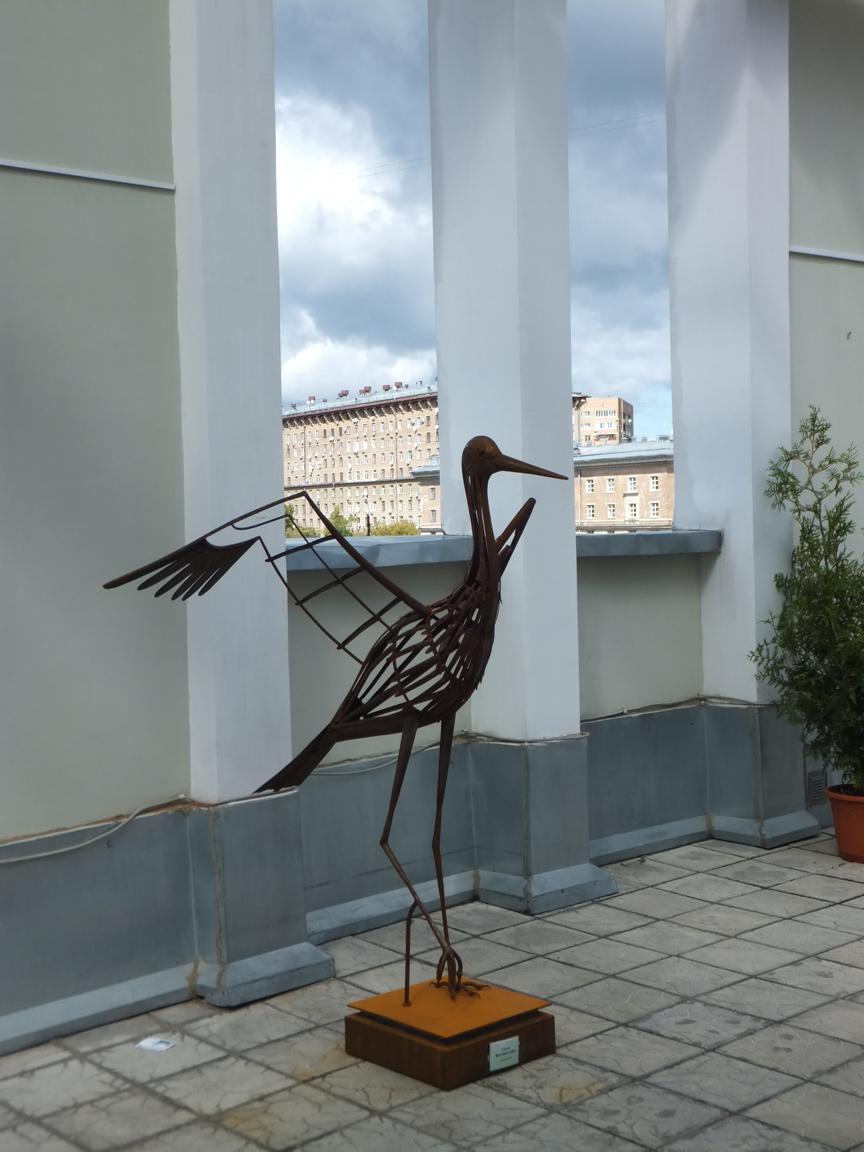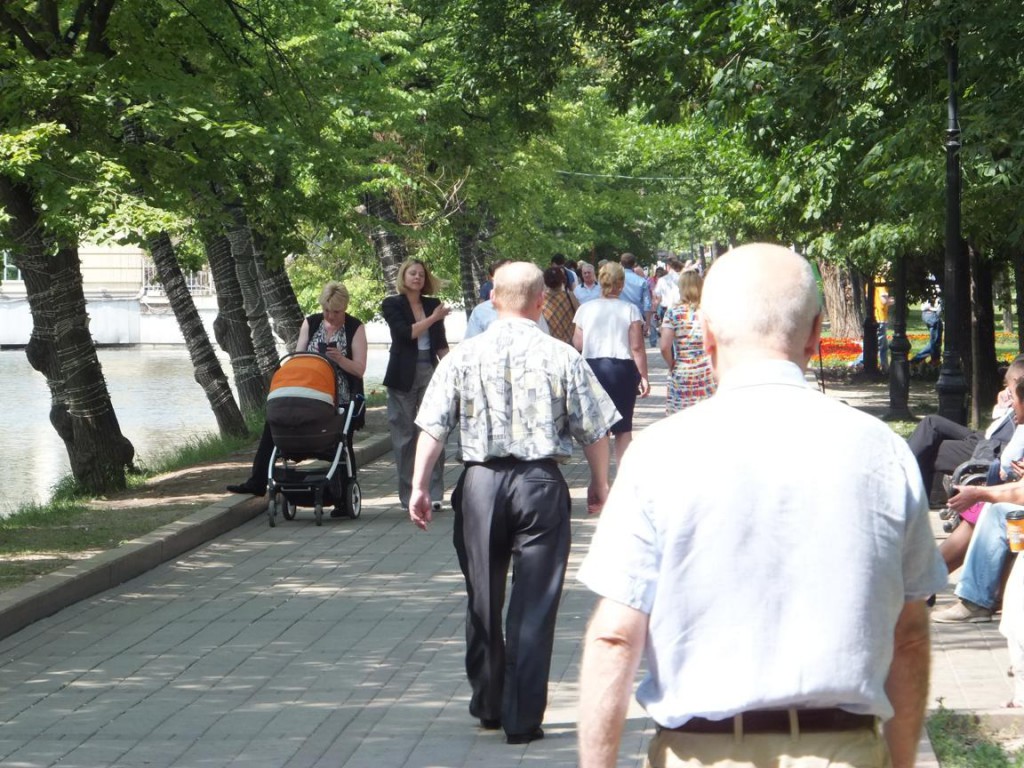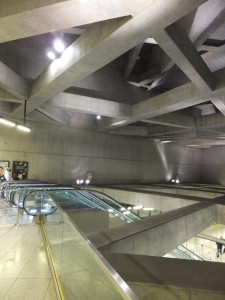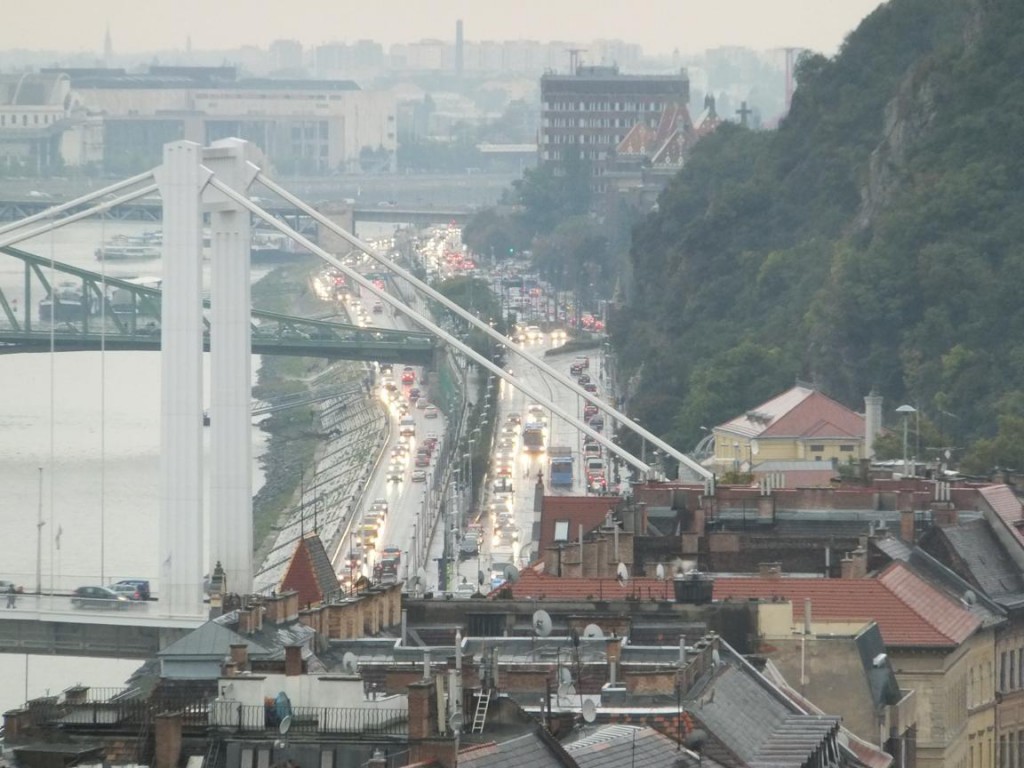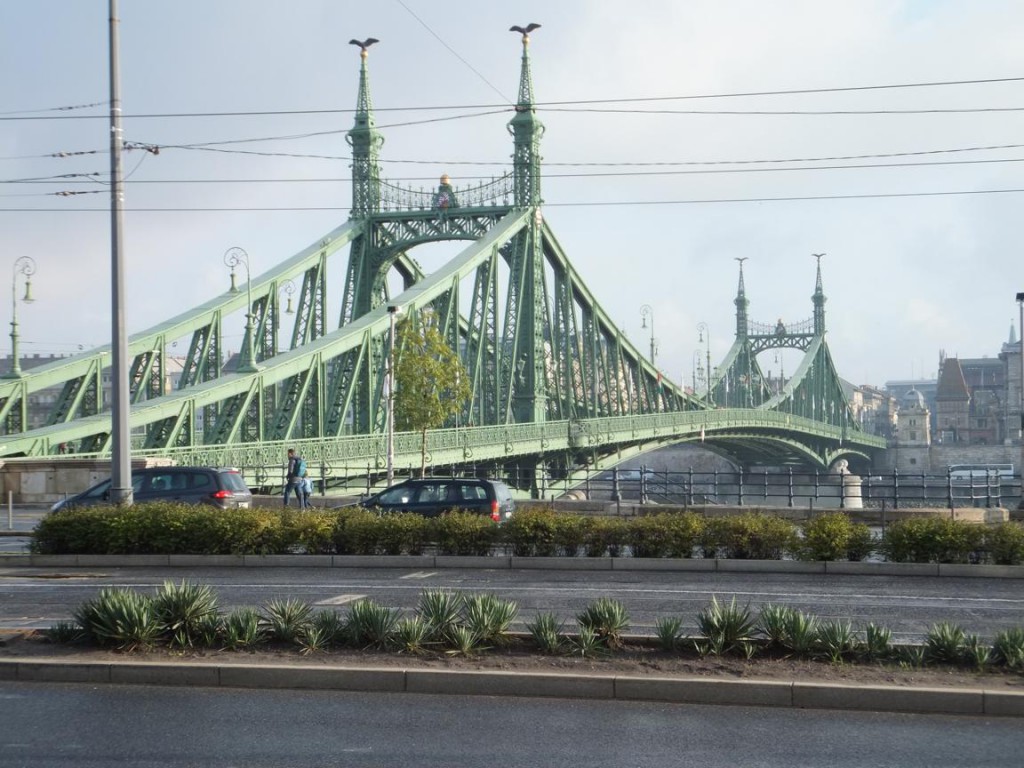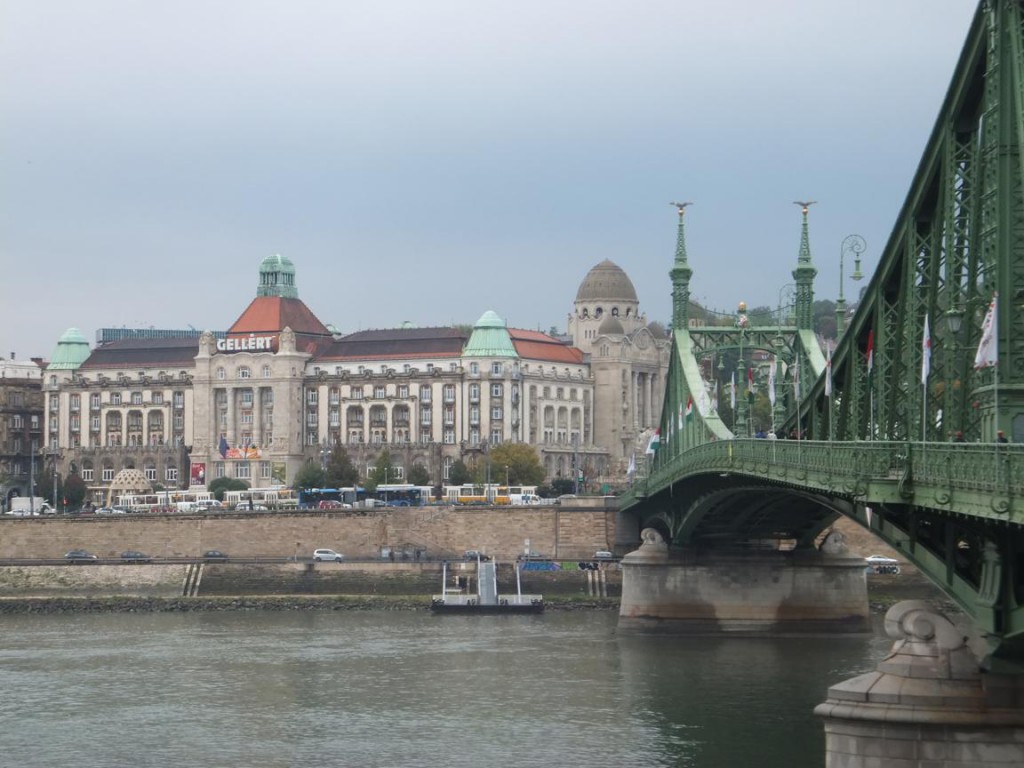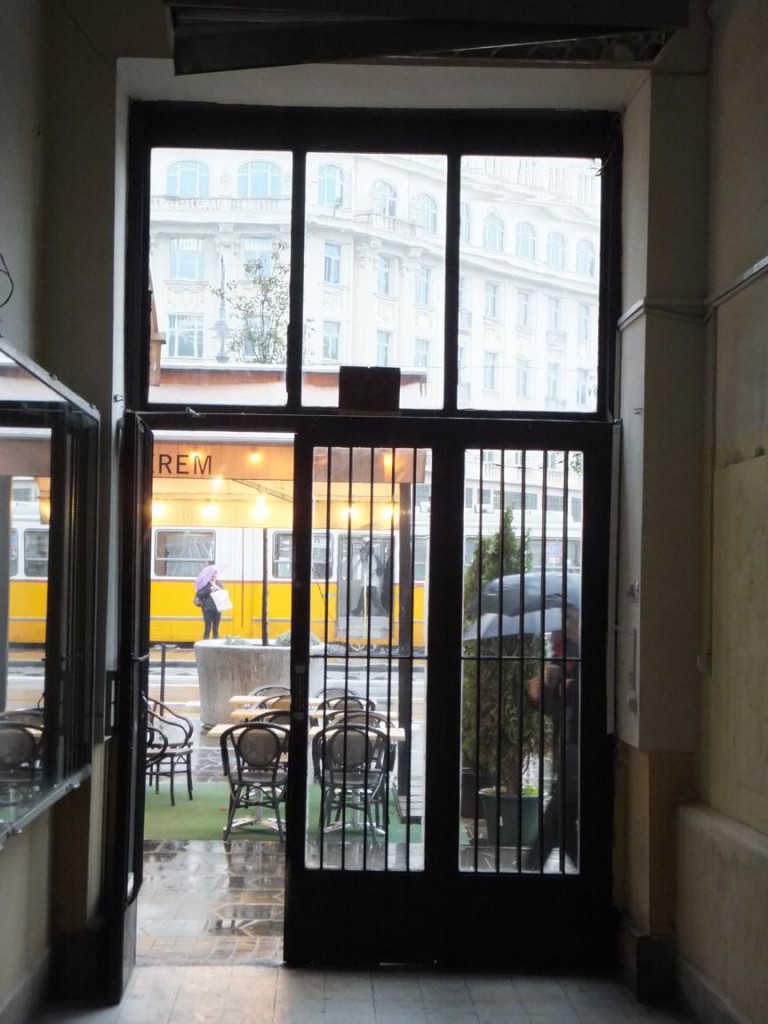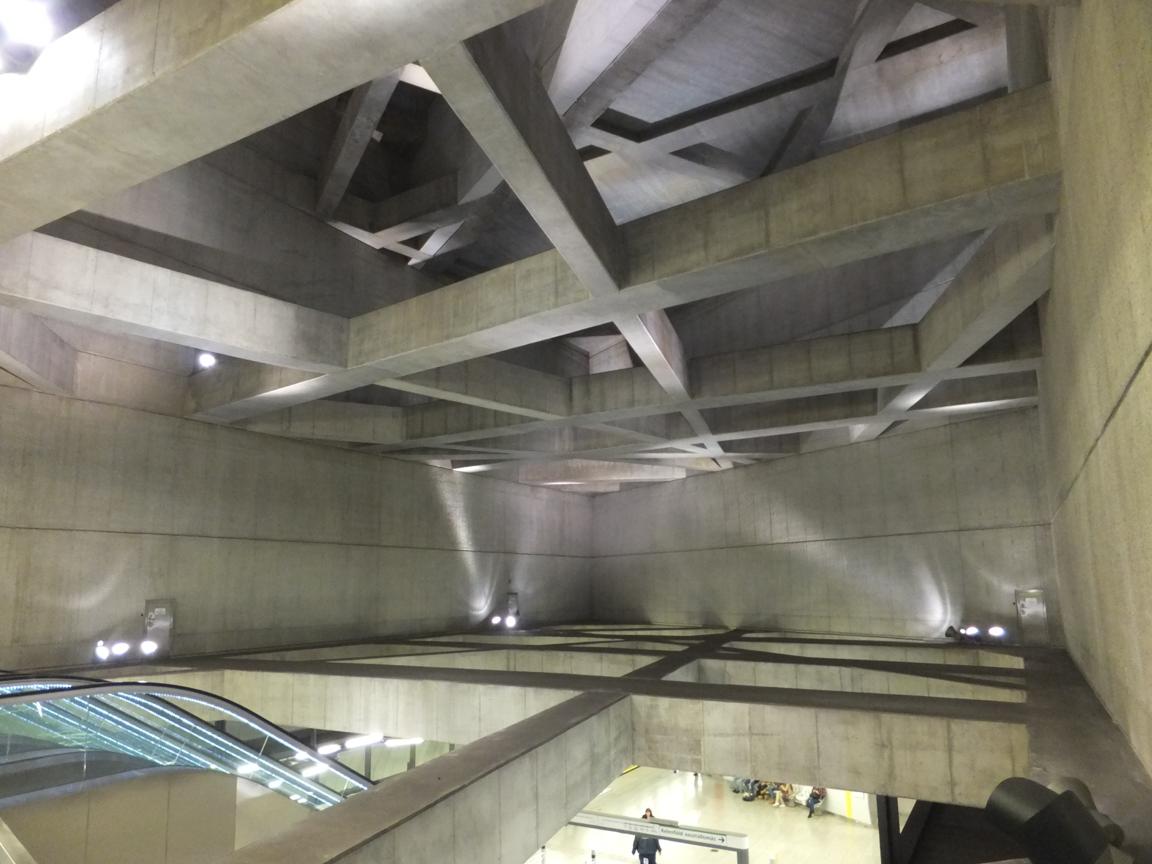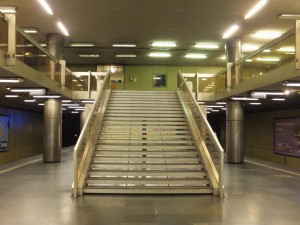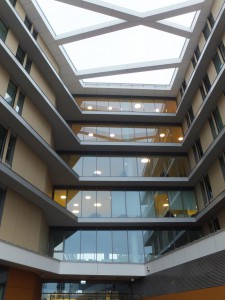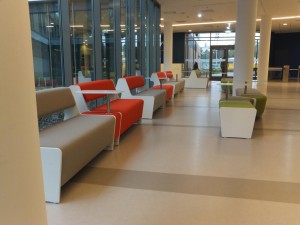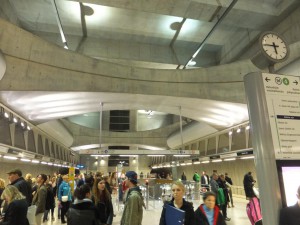Recently I gave an interview to Anna Chernyakhovskaya from the HSE News service. She asked me to share my experiences on working and living in Moscow. Here are her questions and my answers, as well as some related impressions from Moscow.
— You recently joined HSE. What was the most challenging aspect in making that decision?
— Deciding to join the Higher School of Economics was not challenging. HSE is a renowned research university and provides me with an excellent research environment. But dealing with red tape, finding a proper apartment within my budget and bearing the effective costs of relocation was challenging.
— This is your first international job. What are the first impressions of living and working in an international environment?
— Living and working in Moscow broadens a person’s intellectual scope. This is why I made the decision to come here.
— What do you see as your goals for the 2015-2016 academic year at the university?
— My goals are to submit to top international journals in the field of Public Administration, deliver high-quality teaching and contribute to knowledge exchange within the university.
— What would you recommend to other international professionals who may be thinking of working in Russia?
— Learn and speak Russian wherever and whenever you can. The benefits so much outweigh the short-term opportunity costs (the usual statement is ‘I do not have time for that’ – but anybody does nowadays). Living in Moscow without acquiring any Russian language skills is useless and boring.
— What are three things that cause you difficulty in Moscow and three things that make life here attractive?
— Moscow offers a spectacular living environment. The range of astonishing architecture, from pre-1917 to modern, in all parts of the city is impressive and inspiring. Museums, events, learning and sports activities for kids – you name it.
Moscow is a hub for excellent researchers, including international ones. The pool of knowledge and thus the opportunities for spill over and cooperation are immense.
Moscow is a megacity of 15 million, but it is a green city. Moscow offers plenty of world-class and cost-free recreational areas, parks, and activities beyond the usual suspects of the Kremlin and Red Square.
Social competition is intense in Moscow. Competitive pressure and the resulting adaptive behaviour can be witnessed everywhere.
Life in Moscow is expensive. Only three things in Moscow are cheap – fuel, bread and public transportation – everything else is expensive. If you have money you can live a decent life; without money life is sad like anywhere else in the world.
The original interview can be found on HSE News Website at http://www.hse.ru/en/news/campus/163556331.html. [External Link].
